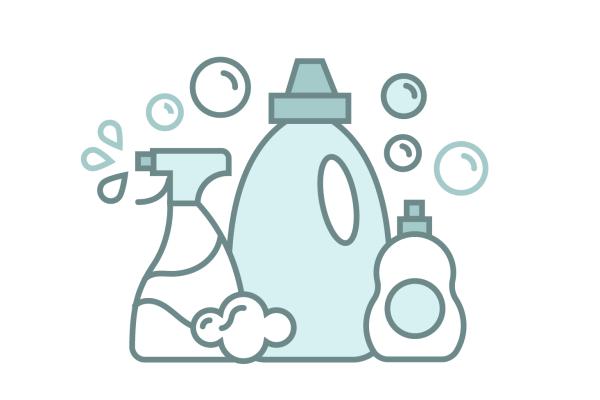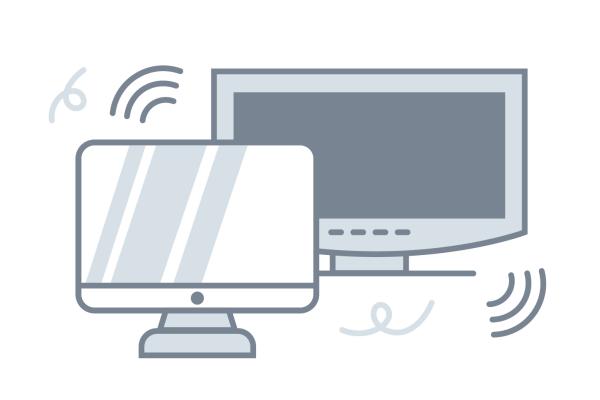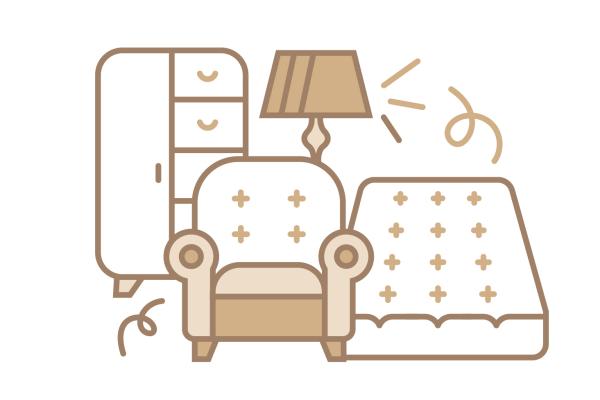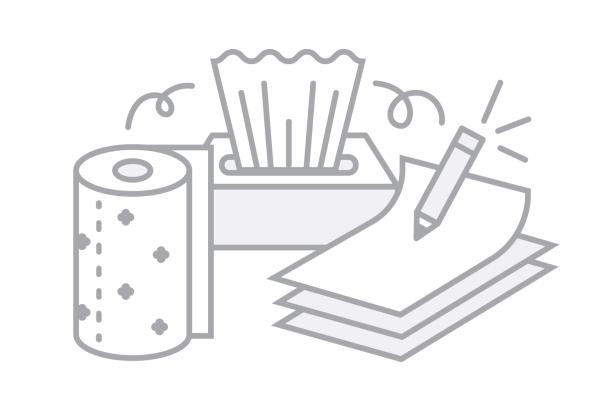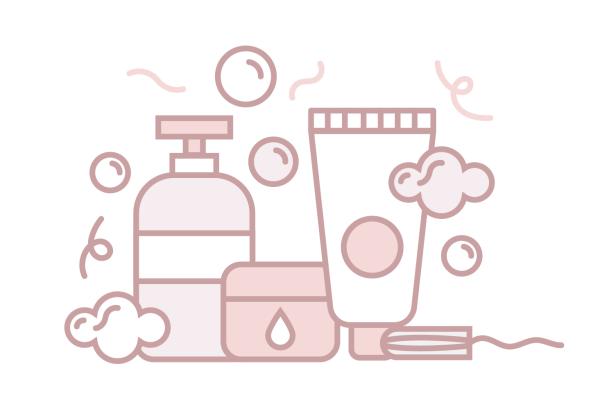Learn about the EU Ecolabel criteria
Found on thousands of everyday goods and services, whether online or offline, at home or work, the EU Ecolabel flower guides towards products with demonstrated environmental excellence.
EU Ecolabel criteria are established for different product groups and need to be met by the products to be awarded the label.
To support the EU Ecolabel application process, technical user manuals, specific for each product group, are available. They provide guidance and instructions, and contain the templates to be filled in.
Check out our catalogues and user manuals
Access the EU Ecolabel Product Catalogue to find out more information about environmentally friendly high quality products and where you can find them.
Take a look at the EU Ecolabel Tourist Accommodation Catalogue to find out more information about environmentally friendly services.
This document gives general information in all languages valid for all product groups and is useful for all applicants. It should be read together with the technical user manuals available under each product group.
Criteria
The European Commission sets EU Ecolabel criteria for different categories of products to minimise their environmental impacts over their entire lifecycle, while guaranteeing their high quality. Because each product category is different, the criteria are tailored to address their unique characteristics.
All criteria are developed in consultation with key stakeholders, including consumer associations and experts in the relevant field. They are periodically revised by the EU Ecolabelling Board (EUEB), which takes into account technical innovations or market changes to ensure they are up to date, robust, and trustworthy.
For more information about on-going EU Ecolabel criteria revisions and developments, visit the European Product Bureau by the JRC and see the EU Ecolabel product group criteria and development section below.
EU Ecolabel product group criteria under development
| Category | Criteria development status |
|---|---|
| Financial products | The European Commission started the development of criteria for Financial products in October 2018. More information can be found on the European Product Bureau website. |
| Food and feed products | The Commission carried out a study on the feasibility of developing EU Ecolabel criteria for food and feed products. Read the final report of the feasibility study and the opinion of the European Union Ecolabelling Board. Based on the findings, the Commission is currently not intending to develop EU Ecolabel criteria for food and feed products. The Commission could, however, revisit this issue in the future within in the context of the EU Ecolabel’s potential role in the development of any wider EU food strategy, in particular in light of developments in methodologies and tools for measuring the environmental impact (including by, for example, environmental foot-printing) of food and feed products. |
Proposing a new EU Ecolabel product group
In case there is an interest for a new product group to be included in the EU Ecolabel scheme and EU Ecolabel criteria to be developed for this new product group, you can fill the criteria development form and send it to the EU Ecolabel Helpdesk.
However, considering the priorities identified in the Strategic EU Ecolabel Work Plan 2020 – 2024, please note that no request for development of EU Ecolabel criteria for new product groups can be considered for the moment. The European Commission will collect the proposals and keep them for further consideration in the future, should resources become available.
Chemicals in EU Ecolabel products
EU Ecolabel criteria include strict requirements on chemicals. Two Chemical Task Forces were established in the past to better understand how to develop and implement such requirements.
Have a look at their Proposed approach to hazardous substance criteria development, as well as their recommendations on the criteria for complex articles and on the handling of derogation requests and related changes in CLP classifications.
Moreover, please find the Online resources to support identifying Safer Chemical Alternatives.
As stated in the Regulation (EC) No 66/2010 on the EU Ecolabel, EU Ecolabel criteria are based on the best products available on the EEA market in terms of environmental performance throughout the life cycle and correspond indicatively to the best 10-20 % of the products available on the EEA market in terms of environmental performance at the moment of their adoption. The criteria are based on scientific data and information considering the whole life cycle of products. They cover the main environmental impacts of the product and their technical performance, including health, safety, social and ethical aspects, where appropriate. The criteria favour substitution of hazardous substances with safer ones and support durability, reusability, recyclability and recycled content of products. They include fitness for use requirements and guarantee compliance with existing EU legislation. The EU Ecolabel criteria are regularly revised to follow the technological evolution and are adopted as Commission Decisions. An overview of the existing product and service groups and the associated criteria can be found on the Product Groups and Criteria website.
EU Ecolabel criteria development/revision is a multi-step and multi-stakeholder process carried out according to the Annex I of the EU Ecolabel Regulation.
Following consultation of the EUEB, the Commission, Member States, competent bodies and other stakeholders may initiate and lead the development or revision of EU Ecolabel criteria.
The party which initiates and leads the development or revision of EU Ecolabel criteria produces various necessary documents, including a proposal for draft criteria, a technical report in support of the proposal, a preliminary report, a final report, a manual for potential users of the EU Ecolabel and Competent Bodies as well as a manual for authorities awarding public contracts. Those are submitted to the Commission and to the European Union Ecolabelling Board (EUEB).
Where criteria have already been developed under another ecolabel scheme complying with the requirements of EN ISO 14024 Type 1 environmental labels for a product group for which no EU Ecolabel criteria have been established, a shortened criteria development procedure may apply. Please consult the section Criteria Development and Revision for more information.
Criteria development is currently underway for several new product groups, you can see the full list of criteria that are under development on the Product Groups and Criteria section. Further information on the criteria development process can be found on the relevant website of the Joint Research Centre (JRC).
A license represents an EU Ecolabel contract between the competent body and the licence holder, covering one or several awarded products from the same product group category. The applicant, after being awarded, becomes a licence holder. A licence number has the following form: XX/YYY/ZZZ (where XX refers to the country of registration, YYY to the product group, ZZZ to the number assigned from the competent body to the applicant). If a licence holder submits a new application for the same product group (=extension of the licence), the same licence number is issued.
The European Commission and competent bodies are committed to limiting animal testing. This commitment has been the subject of an inscription in Article 6 of the EU Ecolabel Regulation, mentioning that the criteria development process will try to include ‘as far as possible the principle of reducing animal testing’. This provision has been integrated for the first time in the EU Ecolabel criteria for “animal care products” adopted in 2021.
Not necessarily – they may even cost less. Moreover, because EU Ecolabel means reduced environmental impact alongside guaranteed high performance, a great deal of value is added to the product.
Product group criteria are usually valid for a period of three to five years, depending on the Commission decision for each product group. By being revised on a regular basis, criteria reflect technical innovation, such as evolution of materials or production processes, emission reductions and changes in the market. The criteria are reviewed prior to their expiration and may be revised or their validity prolonged. If criteria are revised, license holders need to renew their contract. If criteria validity is prolonged, the contract is automatically renewed as long as the criteria remain valid for goods and services. Licence holders may use the EU Ecolabel starting from the date it is awarded until the end of the period of the validity of the criteria.
New EU Ecolabel product groups are constantly being identified and criteria developed for them. The prioritisation of the development of new criteria is set out in the Strategic EU Ecolabel Work Plan 2020 - 2024. In principle, any interested stakeholder can submit a proposal for a new product group if they want a product to be included in the EU Ecolabel scheme. However, considering the priorities identified in the Strategic EU Ecolabel Workplan, please note that no request for development of criteria for new product groups can be considered in 2024.
If you are aware of a product/service on the market displaying the EU Ecolabel logo that does not comply with the EU Ecolabel criteria, please fill and send us a complaint form. Download the form and discover more in the Do you have a complaint? section.


